Rum from the Caribbean
When you hear Caribbean, you start dreaming... sea, beach and a drink in your hand ... Our range therefore mainly comprises rums from the Caribbean, from the islands of Barbados, Cuba, Jamaica, the Dominican Republic and the French Antilles. We would particularly like to highlight the island of Martinique, which we were the first rum region to visit in spring 2024.
Martinique
The island of Martinique belongs to the Lesser Antilles and is a French overseas department. There are a considerable number of rum distilleries and even more rum brands, as some rum distilleries produce several brands. For historical reasons, almost exclusively Rhum Agricole is produced. Rhum Agricole is made from sugar cane juice and not molasses. Its flavour is floral, fruity and extremely complex, and it bears the prestigious AOC seal of quality.
Special features of rum from Martinique
- As a French department, Martinique writes rhum with an additional 'H'.
- Rhum Agricole is produced from fresh sugar cane juice, in contrast to molasses rum, which is obtained from the by-product of sugar production.
- Production is subject to strict regulations and quality standards. The process involves pressing the sugar cane into juice, fermentation with natural yeasts and distillation in copper stills.
- The AOC (Appellation d'Origine Contrôlée) seal of quality guarantees that the rhum is produced according to defined standards.
Read here what is behind the AOC seal of quality!
Some history
The cultivation of sugar cane is closely linked to European colonisation. As early as the 17th century, European settlers, particularly the French, began to cultivate sugar cane on the island for the production of sugar. As on other Caribbean islands, the cultivation of sugar cane on Martinique was highly dependent on slave labour. A by-product of sugar production was molasses, which was later used for rum production. Rum was produced from molasses for a long time until sugar beet replaced sugar cane for sugar production due to additional taxes, starting in Europe. Where there is no sugar production, there is no molasses! From then on, a different type of rum was created: rhum agricole. This is made from freshly pressed sugar cane juice.
More recently, in 1996, Martinique rum was awarded AOC certification, which regulates the origin and quality of Martinique rum.
To this day, rum is an important economic factor for the island of Martinique!
Click here for the Martinique history video. Have fun!
Rums in Martinique
The well-known rum brands in Martinique include Clément, Depaz, Dillon, Rhum J.M., Neisson, Saint James and Trois-Rivières. All of them are Rhum Agricole, which is distilled on the basis of sugar cane juice. Many are labelled with the AOC seal.
Barbados
The island is considered the cradle of rum and shows its original character! Rum is made from molasses in Barbados. Molasses is a by-product of sugar production. The result is an English-style rum. It has a classic flavour. The first rum distilleries were established in the 17th century when sugar plantation owners began distilling surplus molasses. Mount Gay Distillery is the oldest rum distillery in the world. Rum is often distilled on the island using the pot still or column still method. Used bourbon barrels as well as sherry and port wine barrels are used for barrel ageing. The tropical climate favours barrel maturation.
Cuba
Cuban rum is known worldwide and is an important export alongside Cuban cigars. It is distilled from molasses in the Spanish style. Many Cuban rum distilleries use continuous distillation processes that produce a light and pure rum. The flavour is smooth and mild with a subtle sweetness. This style is typical of Cuban rum and differs from the heavier, flavoured rums produced in other Caribbean countries. There are no privately run distilleries in the socialist country; the companies are owned by the Cuban government. The international distribution of the island's most famous rum, Havana Club, has been handled by Pernod Ricard since 1993.
Jamaica
Rum from Jamaica is characterised by wild fermentation, is spicy and dark, mostly made from molasses and distilled in the English style in pot stills. It is also known for its often high ester content, which gives it a flavour profile of tropical fruits, bananas and spices. It is mainly stored in oak barrels. The oldest distillery is the Appleton Estate in Nassau Valley, founded in 1749. The best-known distillery is the Hampden Estate Distillery. As on all Caribbean islands, rum production is closely linked to sugar production and slavery.
Dominican Republic
Bananas, coffee and cocoa are among the export goods alongside sugar cane, which is grown for rum production. Rum is produced on the island in the Spanish style from molasses. It is mainly distilled in column stills and produces a smooth, sweet rum that is pleasant to drink. The best-known varieties are Brugal and Matusalem. At the Brugal distillery, a woman, Jassil Villanueva, is responsible for the flavour. She bears the title "Maestra Ronera".
Rum from the Dominican Republic is very similar to rum from Cuba. This is mainly due to the fact that the Oliver family left Cuba for the Dominican Republic during the Cuban War of Independence and continued to produce rum there.
Rum from Central America
Rum distilleries have also established themselves on the mainland in Central America. Almost all countries between Mexico in North America and Colombia in South America grow sugar cane and are in the rum business. The different styles have picturesque names such as 'Silver', which refers to white rum. For a rum with a light colour, we find designations such as 'Gold' or 'Amber' and the old rums are labelled 'Añejo'. The aromas and flavour profile are rich and complex. A glass of rum is always welcome at celebrations!
Guatemala
As in the Caribbean rum countries, the history of Central and South America goes back to colonial times. It was the Spanish who started rum production in Guatemala. Even after independence in 1821, rum production remained an important industry. Botran and Ron Zacapa are known worldwide. The Ron Zacapa distillery works successfully with the solera process, which utilises a special type of rum storage.
Belize
The small country of Belize, which borders dense jungle to the west and the Caribbean coast to the east, was still a British colony until 1981 - incidentally the only British colony in Central America. The production of rum is a lucrative source of income alongside tourism. Various types of rum from Belize are marketed by Travellers Liquors Limited. The independent rum bottler Mezan also brings rum from the island of Belize to the European market. Copalli Rum is a new type of rum produced sustainably from sugar cane juice.
El Salvador
This small country on the Pacific coast is known for its wonderful beaches and unfortunately also for its crime! The main export is coffee. The Licorera Cihuatán distillery, which has been run by a woman since 2014, produces both white and brown rums. A second rum brand is Ron Maja. This rum can be enjoyed neat or mixed in cocktails. The production of rum offers the country the opportunity to become successful on the world market with another product.
Nicaragua
The tropical location favours both sugar cane cultivation - partly on volcanic soils - and maturation. Rum is produced from molasses. The Flor de Caña from the distillery of the same name has won several awards in recent years. It is also Fair Trade certified for sustainable cultivation methods and fair working conditions. It is the only rum brand in the world that can call itself 'slow aged', as the ageing process in oak barrels is natural and not accelerated. For example, the rum must be stored in certain barrel sizes and no small barrels such as octave or quarter cask may be used, in which the rum matures more quickly.
Costa Rica
The fertile land produces excellent quality sugar cane. The flavours range from sweet to spicy. Emphasis is placed on environmentally friendly production and sustainability. One well-known rum brand is Ron Centenario.
Panama
The base product is molasses and the storage is varied. Ron Abuelo is well-known for rum from Panama.
Rum from South America
The climatic conditions for the cultivation of sugar cane were favourable, and so sugar production was followed by rum production. Both are closely linked to colonial history. It was mainly the Spanish and French who conquered South America for themselves, so that rum in the Spanish and French style became established from the 17th century and found its way to Europe. The indigenous peoples had already produced fermented drinks before then, but without distilling them. In South America, rum is mostly produced in barrels, which has complex flavours due to the climatic conditions. Culturally, rum is strongly represented both economically and socially.
Venezuela
Diverse rum comes from a country with a diverse landscape. The climate is ideal for both sugar cane cultivation and maturation. The flavour is spicy and strong. Well-known brands are Botucal, which is also known internationally as Ron Diplomático, and Santa Teresa. Rum from Venezuela has the protected designation of origin DO (Denomination of Origin) and must meet certain legally prescribed quality standards. These include that it must be matured in oak barrels for at least two years. This results in complex rum varieties. International prizes and awards contribute to its reputation on the world market.
Guyana
Among other things, El Dorado Rum is produced here at Demerara Distillers Limited on the only wooden still still still in operation. This wooden distillation plant works in a similar way to a column still. El Dorado has already won numerous international awards and thus contributes to the fame of rum from Guyana. After British colonists conquered the country, rum is still produced in the English style today. The name Demerara Rum comes from the Demerara River in Guyana, where both sugar cane plantations and distilleries are located. Demerara sugar, on the other hand, takes its name from the then Dutch colony of Demerara in South America.
Peru
Rum is produced from molasses and sugar cane juice. It is worth mentioning that some of the rum is deliberately stored at higher altitudes, which results in significantly slower maturation. Peru still has potential to establish itself on the rum market. One of the well-known brands is Ron Millonario.
Ecuador
The labels of Ecuadorian rums depict mountains such as Cimborazo, Pichinacha and the Cotopaxi volcano. The volcanic soils and the special climate in the Andes are what make rum from this region so special. Ron San Miguel is well known in this country.
Colombia
The rum is made from both molasses and sugar cane juice. The flavour ranges from light to strong. The Dictador is known from the Destileria Colombiana, which sells rum, Dictador Ortodoxy gin, cigars and coffee.
Rum from Africa
The climatic conditions in Africa, as in the Caribbean, are ideal for growing sugar cane. When people talk about African rum, they usually mean rum from the African islands of Mauritius, La Réunion and the Seychelles. South Africa is also known as a sugar cane producer in the craft rum scene and produces the full variety of all types of rum, such as molasses rum, agricole rum, high ester rum and spiced rum. It remains exciting to observe the African continent and its rum production!
Mauritius
Sugar cane is the main crop grown in Mauritius. The French brought it to the island. The step to rum production was therefore not far away. The flightless dodo bird is the symbol of the island and is also depicted on the famous Lazy Dodo rum. Molasses from the island's own sugar cane cultivation and barrels from South Africa make up the rum. Mauritius produces both traditional molasses rum and rum agricole. The flavour profile offers tropical fruits and spices
La Réunion
The sugar factory with the adjoining Savanna distillery is one of the three rum distilleries on the island. The abundance of spices and fruits such as vanilla, ginger, lychee and bananas are a good basis for the typical Rhum Arrangé, a drink made from clear rum and these same fruits and spices. You can, of course, mix your own rum and fruit, or try the Rivière du Mât.
Seychelles
The archipelago in the Indian Ocean offers the best conditions for sugar cane cultivation. The d'Offay brothers, who share a great passion for rum, founded the Takamaka distillery, Trois Frères Distillery - the only rum distillery in the Seychelles - in 2002. Takamaka is the name of the southern part of the island of Mahé off the East African coast.
South Africa
A craft rum scene has been awakening in South Africa since the 2010s. Distiller Robert and Co., for example, produces a rum agricole, Mhoba Rum, from organic sugar cane. In addition to the diverse flavour profiles, rum from the southernmost region of Africa is characterised by its willingness to experiment.
As mentioned at the beginning, rum distilleries can be found in many other countries around the world outside the rum nations. It is produced on the Australian continent, in the Philippines, in India at the Amrut distillery, already known from whisky, and in Spain, as well as on the islands of Bermuda, the British Virgin Islands and other countries around the world.

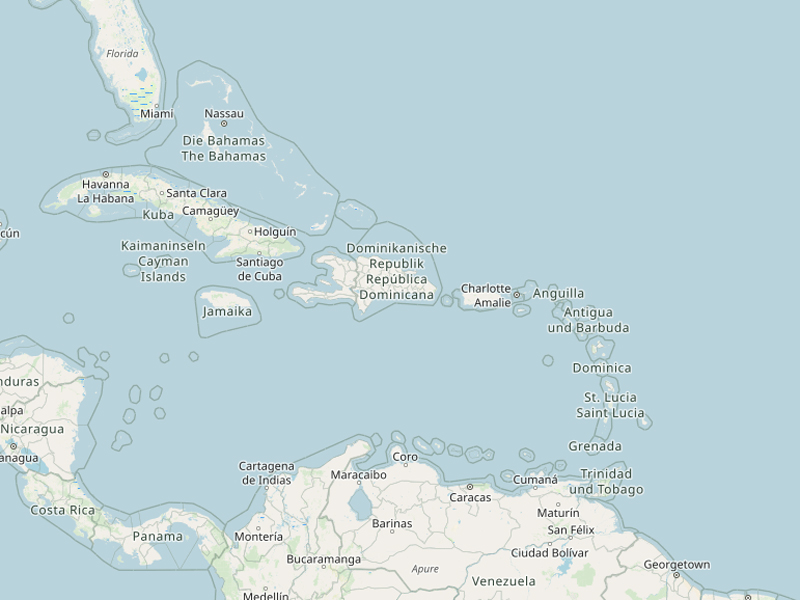
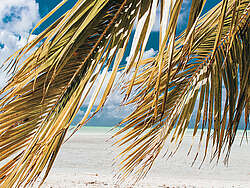
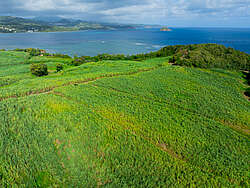
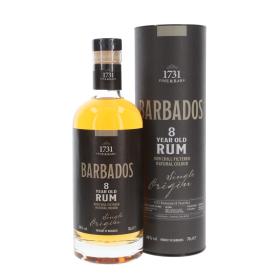
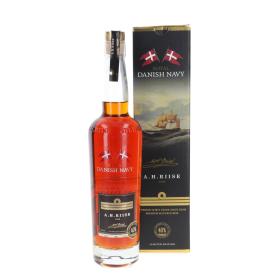
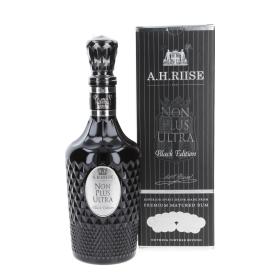
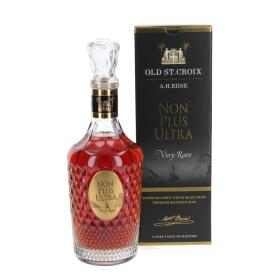
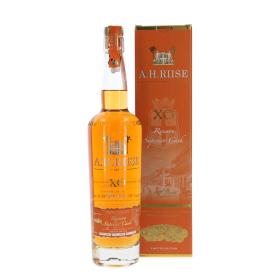

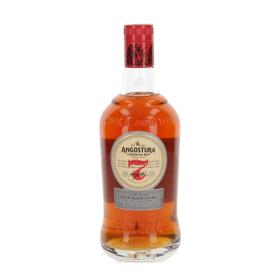





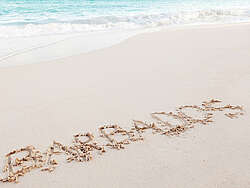
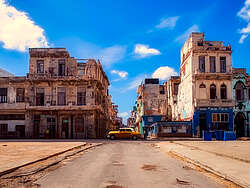
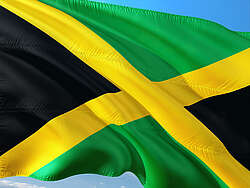
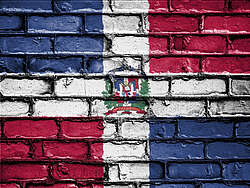
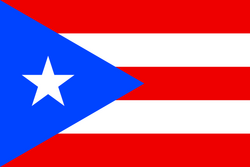





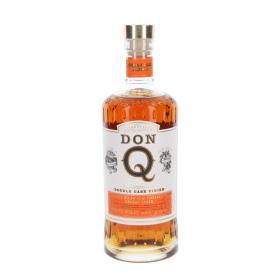


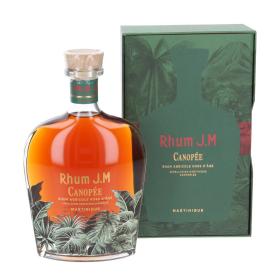
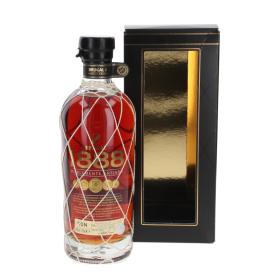

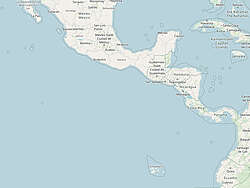







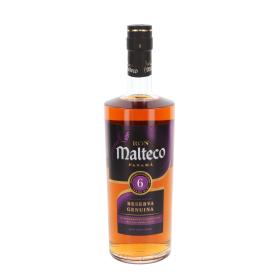





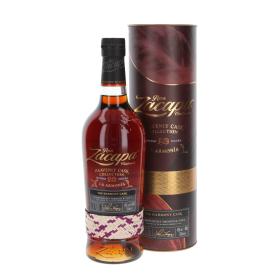


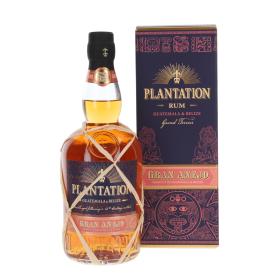

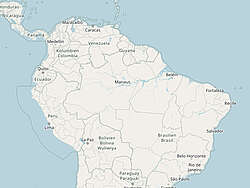






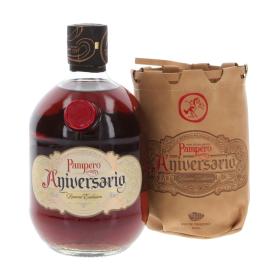





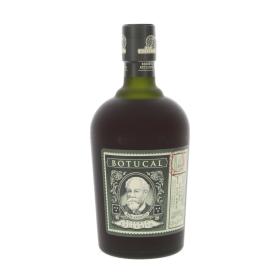
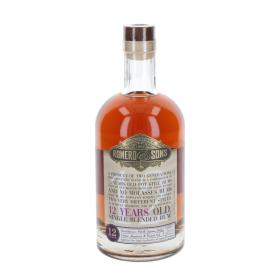


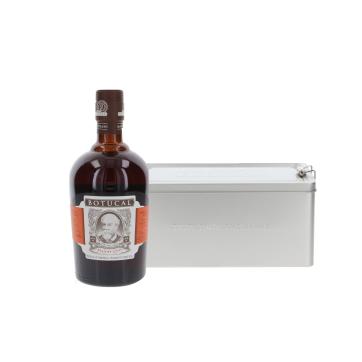







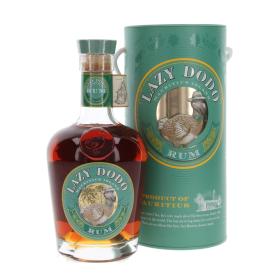



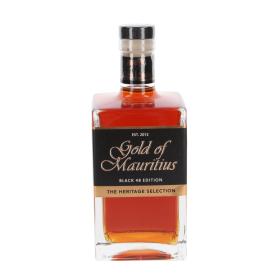


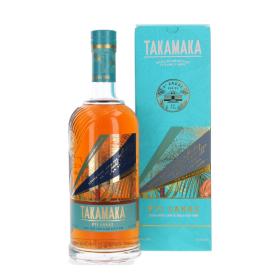
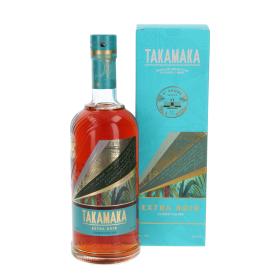


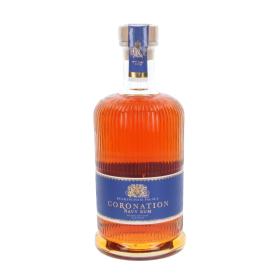



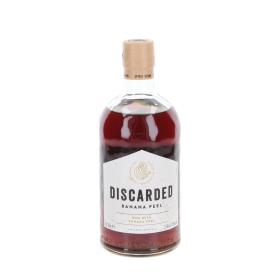
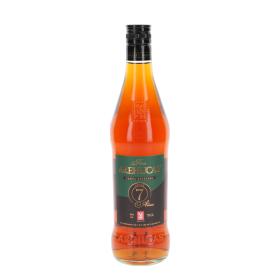

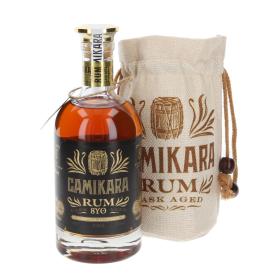
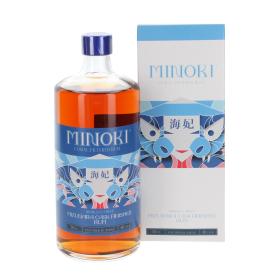
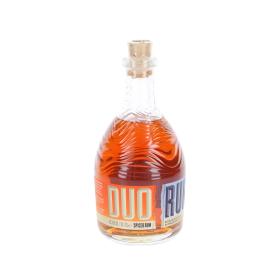

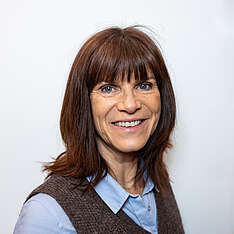
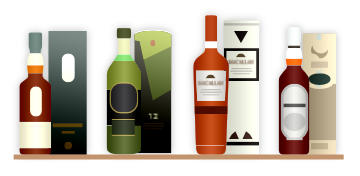

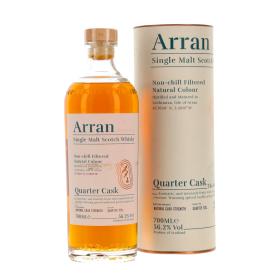
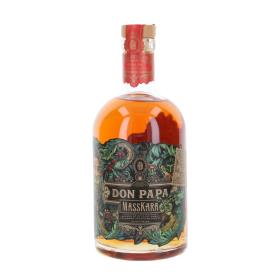












To comment, you must be logged in